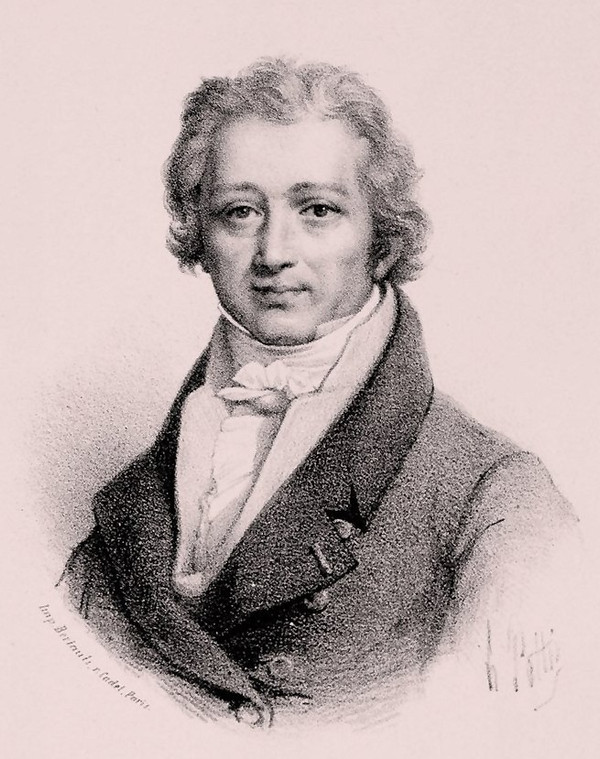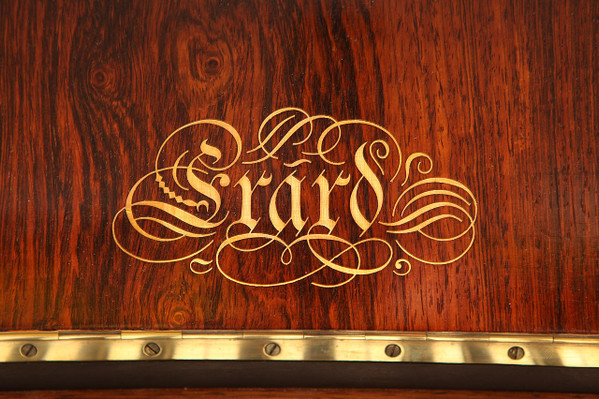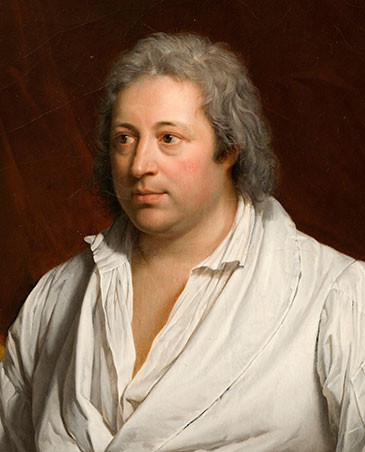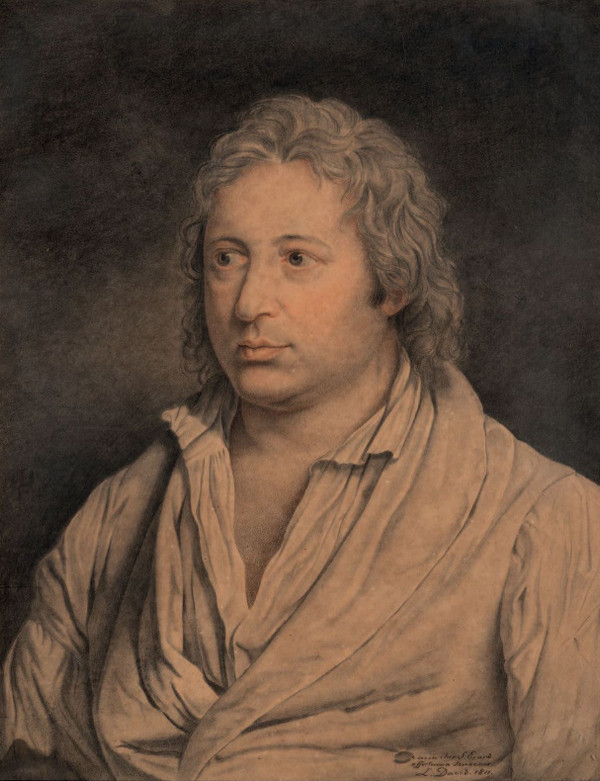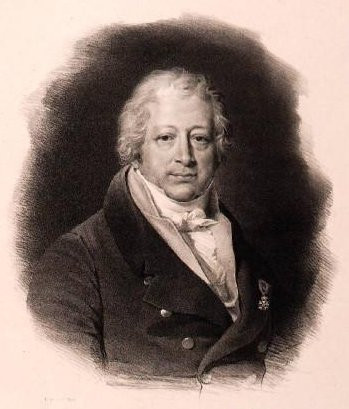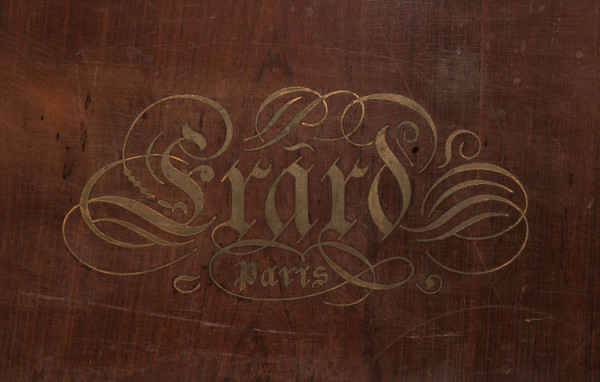Sébastien Érard
Настоящее имя: Sébastien Érard
Об исполнителе:
Sébastien Érard (5 April 1752, Strasbourg — 5 August 1831, Passy, Paris) was a distinguished French maker of pianos, harpsichords, and harps, and founder of Erard company. He is best known for advancing and propagating the so-called "English" double-escapement action, a direct predecessor of the modern grand piano mechanism. Many notable musicians and composers favored Erard instruments, including Charles-Valentin Alkan, Ignacy Jan Paderewski, Ignaz Moscheles, Beethoven, Chopin, Fauré, Haydn, Mendelssohn, Wagner, Verdi, and Ravel. The company sponsored Franz Liszt, who exclusively performed on "Érard" pianos around 1825. He was the fourth child of Antoine Erard (1685—1758), a German-speaking carpenter. Circa 1768, Sebastian moved to Paris, where he initially worked at the court of Duchesse of Villeroy, Jeanne Louise Constance d'Aumont (1731—1816). One of the earliest extant Erard's instruments, the 1779 double-manual harpsichord, or "claveçin mechanisé" at Musée De La Musique in Paris, is notable for having foot pommels and knee levers as primary stop controls; as Michael Latcham noted in his 2019 book, Erard's instrument also notably predates the earliest known Taskin's four-register harpsichord. Sebastian began working in partnership with his older brother, Jean-Baptiste Érard (1749—1826), and they established a piano workshop on Rue de Bourbon. In November 1781, they relocated to a larger premises on Rue du Mail. In 1792, Sebastien Érard relocated to London to stay away from the French Revolution political upheaval; with numerous commissions from the court of Louis XVI (1754—1793) and Marie Antoinette (1755—1793), he faced a significant risk of prosecution by the infamous "Comité de salut public" (Committee of Public Safety). His trip to England was crucial for Érard's subsequent career as a pianomaker, as Sébastien got acquainted with the so-called "Twelve Apostles," a group of German and Austrian instrument builders, such as Johannes Zumpe (1726—1790) and Americus Backers (ca.1740 — post-1778), who immigrated to Britain in the mid-XVIII century during the Seven Years' War and brought over the renowned Cristofori/Silbermann's fortepiano mechanism. Between 1796 and 1812, Érard split his time between London and Paris; he introduced the first double-movement harp in 1808 while staying in the UK. Sebastien and Jean-Baptiste established a publishing business in the late 1790s, Démoiselles Erard, which later continued under their nieces, Marie Françoise Marcoux (1777—1851) and Catherine Barbe Marcoux (1779—1815). In 1812, he finally settled back in France, tirelessly working on further advancements and improvements of pianoforte mechanics. Erard introduced the first grand pianoforte model with "English" double-escapement action in 1823 — a crucial step on the path to contemporary grand pianos, following further simplification by Henri Herz (1803/06—1888). After Sébastien's death, his nephew Pierre Orphée Erard (1794—1855) continued the family business.
